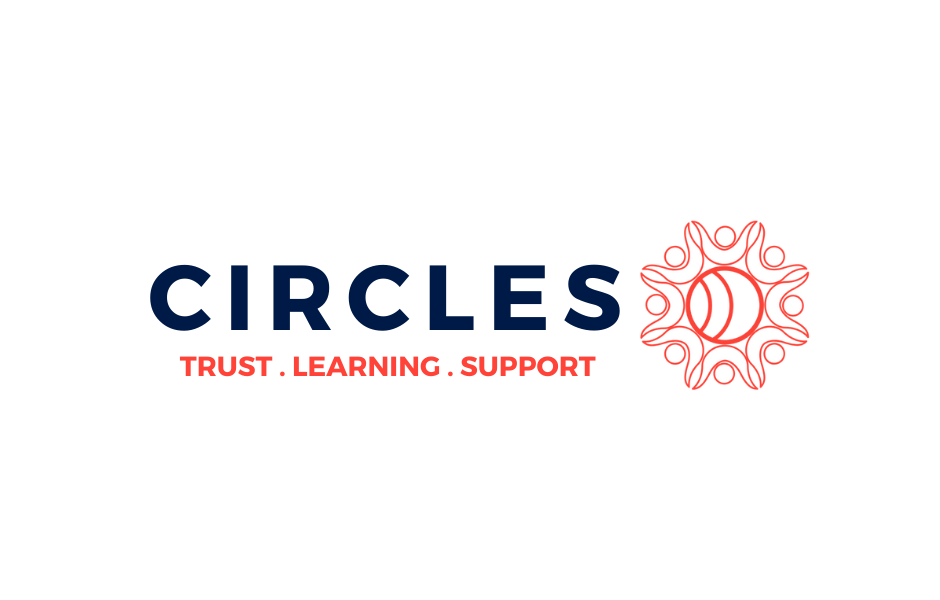Beyond Understanding: Listening for Emergence
Thaler Pekar
Principal Partner
Thaler Pekar & partners
@thaler
Brett Davidson
Director Media and Narratives Division
Open Society Foundation
@brettdav
Key Takeaways:
Set an intention for listening – It shapes your listening. Try to listen on many levels at once.
Listening takes time – build relationships that build familiarity, comfort and trust, and create spaces that allow context for listening.
It is worth investing resources in learning how to listen. People talk from their own experiences and listening offers opportunity to learn from their experiences with less critical perspective.
Find ways to listen to voices you are not used to hearing. Work to shift the power dynamics so that you’re not just hearing what people think you want to hear.
“Listening in color” (Edgar Villanueva): Listening through the eyes of the other person, knowing they are always right in their thoughts/emotions.
Slide Deck:
Session Summary:
Listening is a dynamic, engaging activity, yet there are power dynamics inherent to the philanthropic sector that often get in the way of listening. This session, Beyond Understanding: Listening for Emergence, takes the participant through a series of listening exercises designed to highlight the four key elements involved in intentional listening. Beginning with preparing yourself for listening, understanding the importance of establishing a positive environment for listening, recognizing listening involves hearing stories you are not accustomed to hearing and developing self-awareness techniques for those communication exchanges, and listening to understand perspective (not for interpretation or analysis).
Prepare yourself to hear the positivity expressed by speakers. Remember that the communicator is speaking from his/her own experience and that experience is truth to them, laying the foundation for emotion and thoughts being shared, allows you, as the listener, the freedom to truly hear what is being said. Establishing a relationship of trust between the speaker and the audience is as much a part of the listener’s role as it is the speaker’s. Accepting that responsibility as part of your listening role is critical to hearing that truth, particularly when the subject is either new to you or emotional for you, as well.
Also, there are and ought to be limits on listening; you do not have to listen to hate speech. You can decide what your limits to listening are.
Quotes:
“If you start your listening from the idea that everything the other person is saying is true, you find yourself in a very different place.” Thaler Pekar
At the beginning of a meeting, take a moment to recognize what your body is telling you that is keeping you from listening and “let it be. Set your intention for how you are going to listen for the rest of the day.” Brett Davidson
Questions Asked of the Audience:
Q: How much quality listening do you have in a week?
A: Not enough because there is so much vying for our attention – you may be listening, but you’re probably not really listening completely.
Q: Participants were asked to pair up and work with a partner they didn’t know before to either create a documentary or a rock band. Rules – could not use the word “but” or “no’. At the end of the exercise, asked: How did that feel?
A: Good and fun. (Consider how many times you say “but, no” in your conversation. How much better would the conversation be if those two words are not used.)
Q: Participants were asked to find a partner they did not know, then share a story with each other of a time they felt heard and a time they were surprised by people listening to each other. At the end of the exercise, asked: How did it feel to be listened to? To listen? Were you listening with a beginners mind – as though you’ve never heard of this before?
A: Patience, eye contact helped me to be heard, a one-on-one conversation is easier to tell you’re being heard, emotions were heard, recognize other ways to connect that don’t involve eye contact because some people have difficulty with eye contact for a lot of reasons.
Q: Participants were asked: What stands in the way of listening?
A: Challenging issues in diverse groups – emotions arise and get in the way of listening (anger, fear, etc). Time is a commodity – electronic communications distract in the moment- sometimes a critical moment – in a conversation. People don’t think listening is a part of their job. Give yourself permission to listen. In the workplace, people are generally not rewarded for listening. In fact, people are often penalized for not contributing enough. People are rewarded for speaking and participating, but sitting and listening is not traditionally valued as making a contribution.
Q: What are one or two actions people can take immediately when they get back to the office?
A: Be curious about other people. They are other human beings: They know things I don’t know. They feel things I don’t feel. Accountability group – Know when is the time to listen. As a leader, recognize the concept of knowing when it’s just time to listen. Take off your political alarm system, and listen. Put away distractions – specifically your phone. Let the other person speak – don’t dominate the conversation. Set your intent to “agree” in your listening. You’ll start to hear the things you can agree with.
These notes were captured by Coleith Molstad and have been reviewed by the presenters Thaler Pekar, and Brett Davidson.


